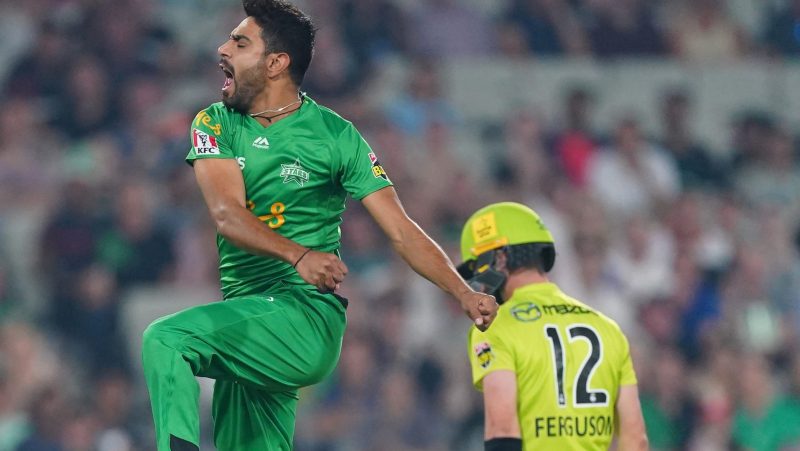Sponsors of emerging sporting codes can capture fans and rivals alike: Study
“I hate the team you sponsor, and therefore I hate you,” is a worry when it comes to slapping your brand on a particular team’s jersey. New research shows this tribalism isn’t the case in emerging sporting codes, which means bigger opportunities for advertisers.
Recently published peer-reviewed research from the University of the Sunshine Coast has shed new light on sponsorship dynamics in professional sports.
Professor of marketing and co-author Maria Raciti presented her findings on what kinds of sponsorships give the biggest return on investment in this increasingly crowded space.
They found that “community acceptance” was the best indicator for success in sports team sponsorships. Traditional metrics like ‘increasing exposure’ weren’t found to be the best investment of resources.
Lead author, Dr Vance noted the poor outcomes from recent incidents of community pushback which resulted in the captain of the Australian Test Cricket test team resisting Alinta Energy’s partnership, due to ethical objections about climate impact, as well as the women’s netball team pushing back on mining giant Gina Reinhardt’s involvement.
“It’s got to be about fit and the alignment of the brand values of both the sponsored entity and the organisation.” Dr Vance said.

Importantly, they found that “community acceptance” was highest in emerging professional sports. They followed Great Southern Bank’s sponsorship of the Brisbane Heat in the 2016/17 season of the Big Bash League, started in 2011 by Cricket Australia.
They found that Big Bash League did not have the ingrained, pre-existing rivalries and tribalism found in the more established sports like rugby league, AFL and soccer. This resulted in them finding “both Heat fans and their rivals were positive about its sponsorship of the Brisbane Heat”. This created the potential for sponsors to generate brand success with both fans and rivals at the same time.
The effectiveness of the campaign was increased by Great Southern Bank’s strong alignment with the community values of the Big Bash League. Despite having a smaller viewer base than more established sports, the community acceptance of the brand was much higher.
They were able to verify the effectiveness of the results, as Dr Vance explained: “As [Great Southern Bank] weren’t engaged in any other marketing campaigns at that time, we were able to show how this sponsorship directly translated into new memberships and new loans sold. It was very successful.”
Professor Maria exclaimed that the paper’s results demonstrate a time for fresh thinking in how sports sponsorship is conducted.
She looks towards new franchises in emerging sports such as Women’s Rugby League as potentially lucrative marketing investments.
Something desperately needed, given the smaller and smaller amounts of free space left on sports jerseys.




Have your say